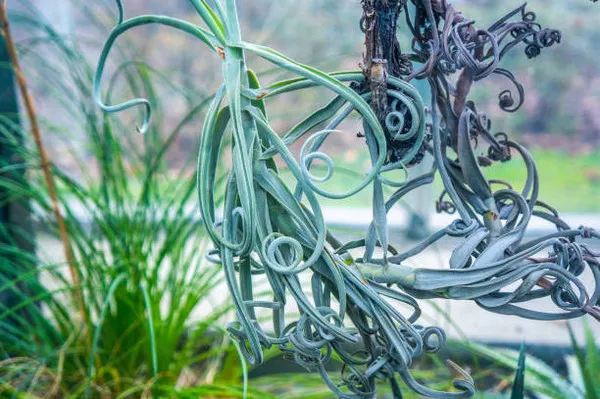Honeybees, often considered generalists in their choice of flowering plants, have been found to exhibit a surprising level of selectivity in their foraging behavior, according to recent research conducted at the University of Helsinki’s Faculty of Forestry and Agriculture.
The study, published in the journal Scientific Reports, reveals that honeybees are more discerning than previously believed when it comes to choosing their food resources. Their plant selections vary both over time and among different bee colonies within the same apiary.
Nectar serves as the primary source of carbohydrates for bees, while they derive protein and fat from pollen. The researchers collected honey and pollen samples from beehives and extracted DNA to determine the origin of the plants used by bees.
Different plant species offer varying quantities and compositions of essential nutrients, such as proteins, amino acids, fatty acids, and sugars. Honeybees select specific plants that provide the necessary nutrients, displaying a distinct preference for particular plants at different times of the year. For example, bees were found to favor raspberries for nectar during mid- and late summer, while they collected nectar and pollen from blueberries and cow parsley during early summer.
The research has significant implications for food security, particularly in light of declining pollinator populations in recent years. Honeybees play a vital role as pollinators for both crop plants and wild flora. Understanding their selective foraging behavior can help ensure a diverse range of flowers with high nutritional value are available throughout the summer.
The study primarily focused on managed honeybee colonies, highlighting the importance of these findings for crop pollination, which directly impacts crop quality and yield. To safeguard food security, it is essential to consider the nutritional needs of honeybees and maintain a variety of plants that support their health and pollination efforts.


